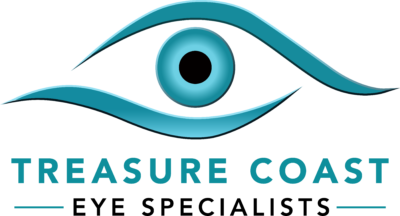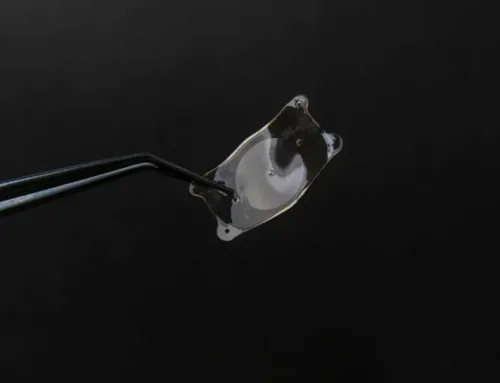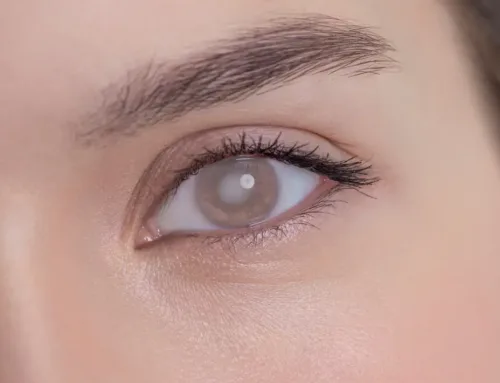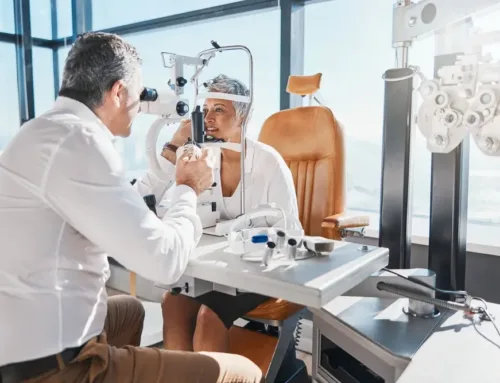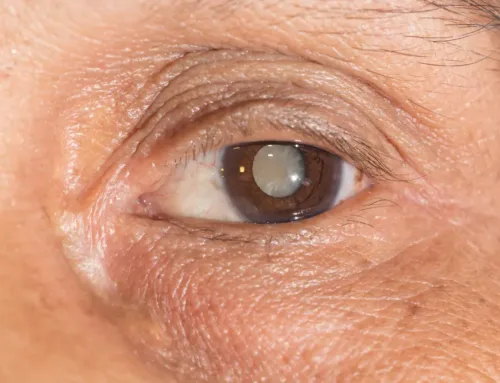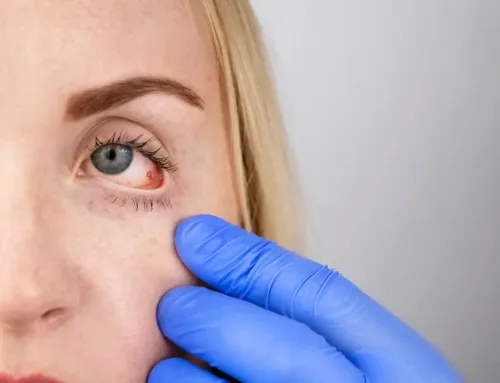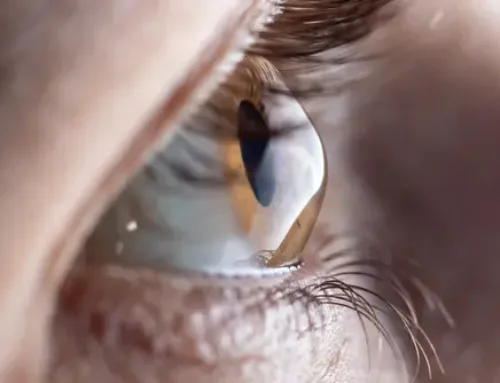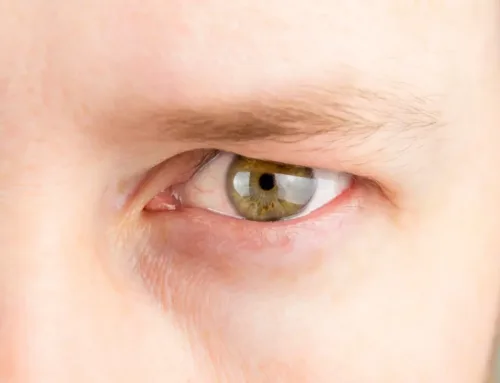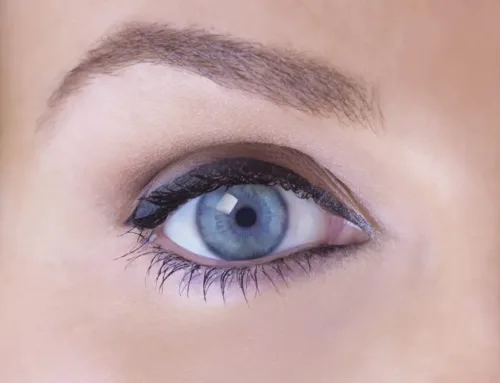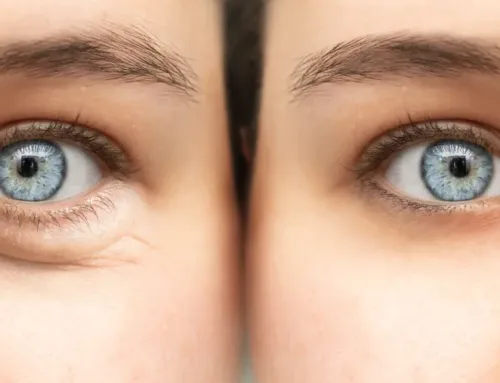LASIK surgery is a common procedure to correct vision problems, a major alternative to eyeglasses or contact lenses. The surgery involves using lasers to change the shape of the cornea. It is the clear dome-shaped tissue at the front of the eye. When vision is normal, the cornea refracts light as it should. Otherwise, reshaping the cornea helps improve vision by providing the correct refraction. 
Candidates For LASIK
LASIK surgery is a treatment option for people who have various vision problems. The procedure can help correct nearsightedness, farsightedness, and myopia. People who get the surgery have probably been wearing eyeglasses or contacts for some time.
The eye doctor will examine the eyes to determine if you are a good candidate for refractive surgery. During the exam, the doctor will look for signs of eye infection, inflammation, high eye pressure, dry eyes, or large pupils.
Before LASIK Surgery
If you decide to get LASIK, you need an eye exam to determine if you qualify for the surgery. If you wear contacts, you may need to stop wearing them and switch to eyeglasses several weeks before the exam. Depending on the type, contact lenses can alter the shape of the cornea for weeks after you stop wearing them.
Not wearing the lenses will allow your cornea to return to its natural shape before the surgery. Your doctor will need to know about any eye and medical conditions you may have, along with the medications you may be taking.
During LASIK Surgery
LASIK surgery takes approximately 30 minutes. Numbing drops are applied to the eye, and a device helps hold the eyelids open. A suction device is placed over the eye before cutting the corneal flap. It may cause the vision to dim slightly, and you may experience pressure. The surgeon uses a cutting laser or blade to cut a small flap from the eye.
Folding back the flap will create access to the cornea. The surgeon will reshape the cornea using a programmed laser before laying the flap back into position. The flap will heal with time without stitches.
After LASIK Surgery
After the procedure, you may experience some itching, burning, or the sensation of something in the eye. The doctor may recommend mild pain relievers to help with the discomfort. Your eyes may water or tear, and your vision is likely to be blurry or hazy immediately after surgery.
Avoid the temptation to rub the eye, as this could cause the flap to dislodge. Other symptoms are glare, light sensitivity, haloes around lights, and eye redness. The symptoms should go away a few days after surgery. Call your doctor if you experience severe pain or worsening symptoms.
Results Of LASIK Surgery
LASIK often results in improved vision without the need for corrective lenses. After refractive surgery, patients have a high chance of achieving perfect or near-perfect vision. Most people who get the surgery no longer need to wear eyeglasses or contacts for most activities.
Results vary depending on the individual and often depend on different factors, such as the patient’s refractive error. In some cases, the procedure may result in undercorrection, necessitating another surgery to achieve the desired results.
It can take about six months for vision to stabilize after refractive surgery. Most side effects are temporary, but they can be permanent in rare cases.
For more on LASIK and what to expect before, during, and after surgery, visit Treasure Coast Eye Specialists at our Port Saint Lucie or Stuart, Florida office. Call 772-400-2400 or 772-286-0007 to schedule an appointment today.

